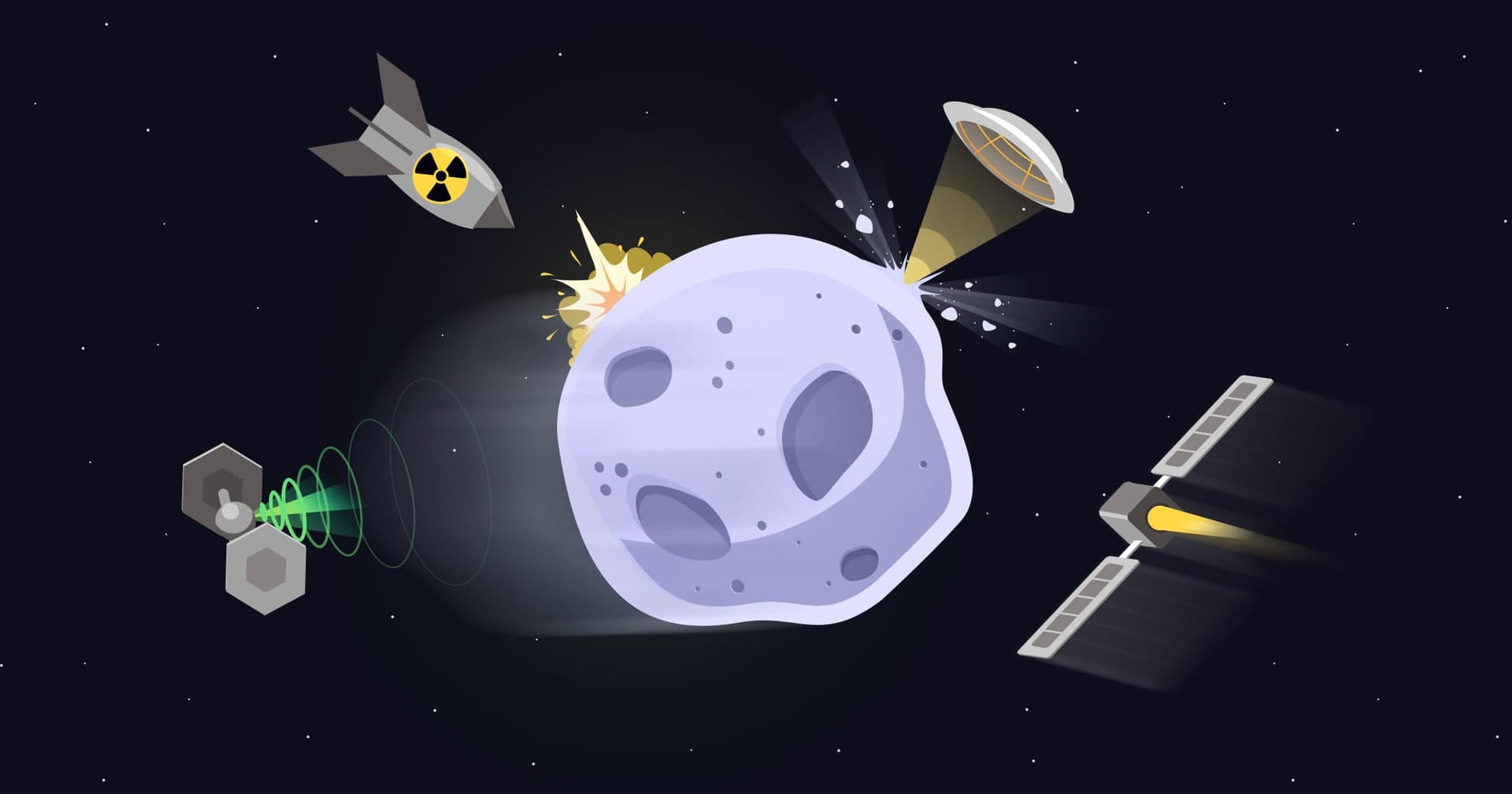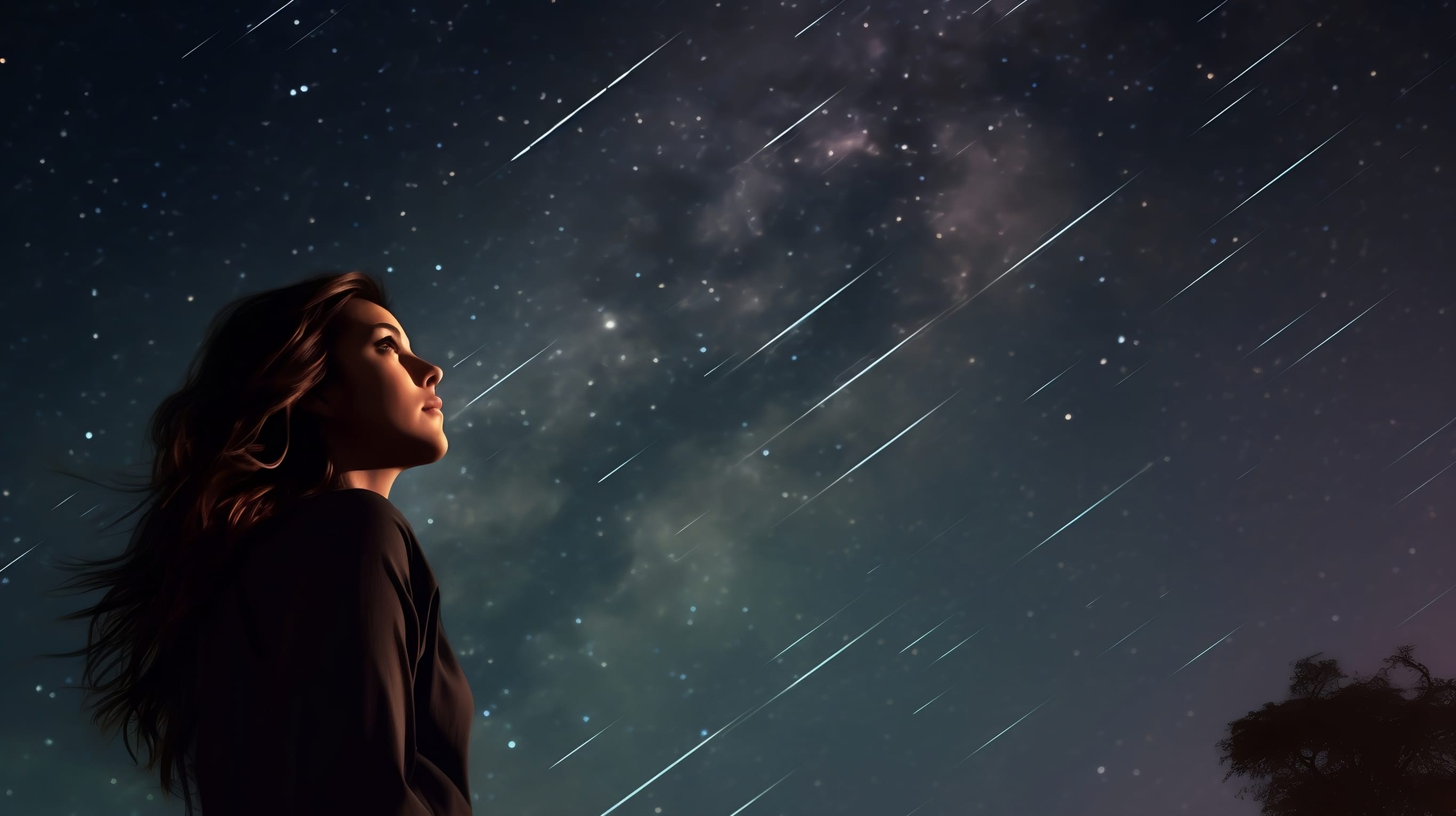Taurids 2026: When And Where To See Them?
The Taurids can be seen in November almost everywhere in the world, so seize your chance and join the meteor hunt! If you want to see the Taurids, download the Sky Tonight app. It will tell you when the Moon sets, and the sky becomes dark enough, as well as when the radiant is highest in the sky, and the maximum number of meteors can be seen.
Contents
- Southern and Northern Taurids in 2026
- What is the Taurid meteor shower?
- How to see the Taurid meteor shower?
- Southern & Northern Taurid Meteor Showers: Conclusion
Southern and Northern Taurids in 2026

November 4–5: Southern Taurids
- Meteors per hour: 5–10
- Moon illumination: 14%
- Active: September 20 – November 20
- Early peak: October 12–13
- Radiant location: Taurus
- Visible from: Both hemispheres
- Description: The long-lasting, weak Southern Taurid meteor shower is derived from debris dropped by a periodic comet 2P/Encke, the second such comet to be discovered. The larger-than-average grain size of the cometary debris often produces colorful fireballs.
Southern Taurids 2026: Visibility forecast
In 2026, the Southern Taurids main peak will occur around November 5 under a waning crescent Moon, so observing conditions will be favorable. Plus, don’t miss an earlier peak around October 13, also with minimal interference from the Moon — some astronomers suggest this peak may be somewhat stronger than usual.
November 11–12: Northern Taurids
- Meteors per hour: 5
- Moon illumination: 10%
- Active: October 20 – December 10
- Radiant location: Constellation Taurus
- Visible from: Both hemispheres
- Description: The Northern Taurids are groups of meteors originating from dust grains from asteroid 2004 TG10. We experience the Northern Taurids meteor shower every time the Earth passes through this stream of particles. At peak, Earth passes through a denser part of the debris stream associated with asteroid 2004 TG10.
Northern Taurids 2026: Visibility forecast
In 2026, the Northern Taurids are expected to reach their maximum around November 12 under a waxing crescent Moon that won’t hinder observations. Astronomers also suggest that the shower will show increased activity over roughly ten days in early to mid-November, giving observers several good opportunities to watch it. The New Moon on November 9 provides dark skies, making this period ideal for spotting the Northern Taurids’ characteristic slow, bright meteors.
What is the Taurid meteor shower?
The Taurid meteor shower is an annual meteor shower associated with the Encke Complex. The Encke Complex is believed to have once been a large object that disintegrated, creating Comet 2P/Encke and several asteroids and meteor showers. That’s why the Taurids have two separate streams – the Northern and Southern Taurids. The Southern Taurids originate from comet Encke itself, and the Northern Taurids come from one of the leftover asteroids, asteroid 2004 TG10. So, the Northern and Southern Taurids are related, and both emanate from the Taurus constellation but have different parent bodies.
The Taurids are visible everywhere on the Earth, except for the South Pole. They belong to the minor class of meteor showers (those that produce up to 10 meteors per hour at their peak). The Taurid meteors are slow and occasionally produce fireballs, which makes them a perfect target for astrophotography.
The Taurid asteroid swarm: is it dangerous for the Earth?
The Taurids’ parent comet 2P/Encke is also believed to have “given birth” to the Taurid Swarm Complex (IAU Code: STS) – a population of meteoroids that the Earth slowly moves through every year. Astronomers have been keeping an eye on this region for a long time because of its potential to host a significant number of large, kilometer-class asteroids. Some scientists believe the Tunguska meteorite, which caused an explosion that devastated over 2,000 square km of Siberian forest in 1908, originated from the Taurid swarm. Note that the meteorite was relatively small, just about 50 meters in diameter. Larger objects can cause region-scale destruction if they collide with the Earth.

However, for a long time, researchers have been unable to confirm or deny the presence of such dangers. A recent study conducted by the University of Maryland has significantly changed our perception of the Taurid swarm and its possible threat to the Earth. Thanks to it, we now know that the risk of being hit by a large asteroid from the Taurid swarm is much lower than predicted: the swarm hosts only about 9 to 14 large asteroids (far fewer than expected). While it’s great news for planetary defense, the research team emphasizes the need for further studies and improved detection capabilities. Visit our dedicated article to learn what we can do now to spot and deflect an asteroid coming toward the Earth.
How to see the Taurid meteor shower?
You don't require any special equipment to enjoy the Taurids. Here are some tips to enhance your meteor-hunting experience:
-
Check the weather forecast and the Moon's phase to determine the optimal observation date for the meteor shower.
-
Use stargazing apps as your guides. Our apps, Sky Tonight and Star Walk 2, will help you locate the meteor shower's radiant in the sky and provide essential information about any meteor shower you wish to observe.
-
Keep as much of the sky in your field of view as possible. Find a location with a clear horizon and a dark sky, recline on a blanket or a folding chair, and prepare for the celestial spectacle. Look slightly sideways from the radiant's position (the constellation Taurus) to spot meteors with more prominent, longer trails.
-
Preserve your night vision. Your eyes need time to adjust to the darkness to see more meteors. Use red flashlights and night mode on your phone to maintain your night vision.
-
Dress warmly and bring hot drinks. The night may get chilly as you observe the meteors for an extended period of time, so ensure you are comfortable and prepared.
Get more tips on observing the meteor showers in our dedicated article and test yourself with the quiz on how to catch a shooting star to learn if you are fully prepared.

Southern & Northern Taurid Meteor Showers: Conclusion
In 2026, the Taurids offer excellent observing conditions, with both branches peaking under mostly dark skies. Although the Southern and Northern Taurids are low-rate showers (about 5–10 meteors per hour), their slow, bright fireballs make them rewarding targets for patient observers and astrophotographers in both hemispheres. Use Sky Tonight or Star Walk 2 to time your observing sessions for the darkest hours and highest radiant position — then settle in and wait for those Taurid fireballs to cross the sky. And if you want to see even more meteors – check our article on meteor showers in November.
